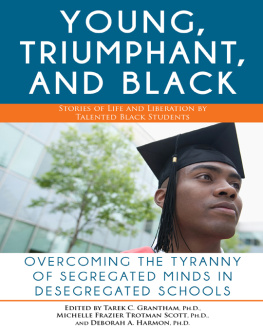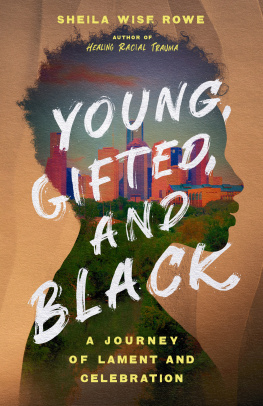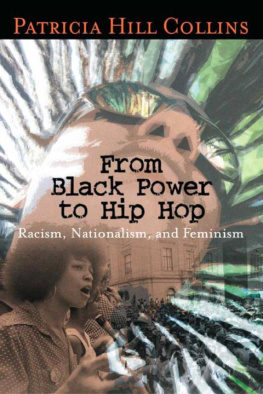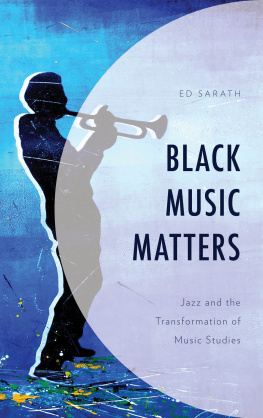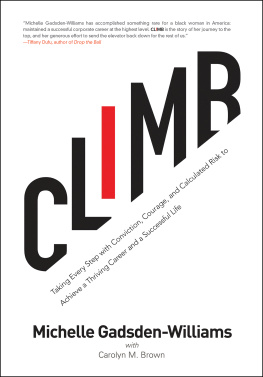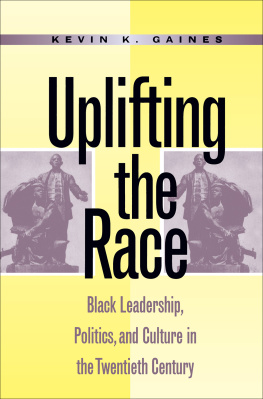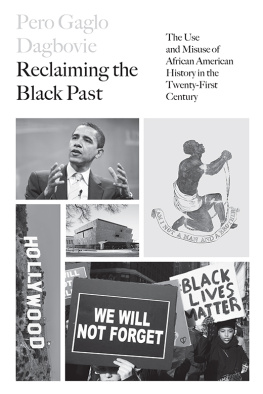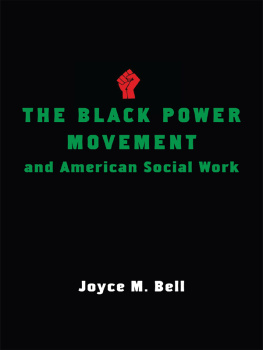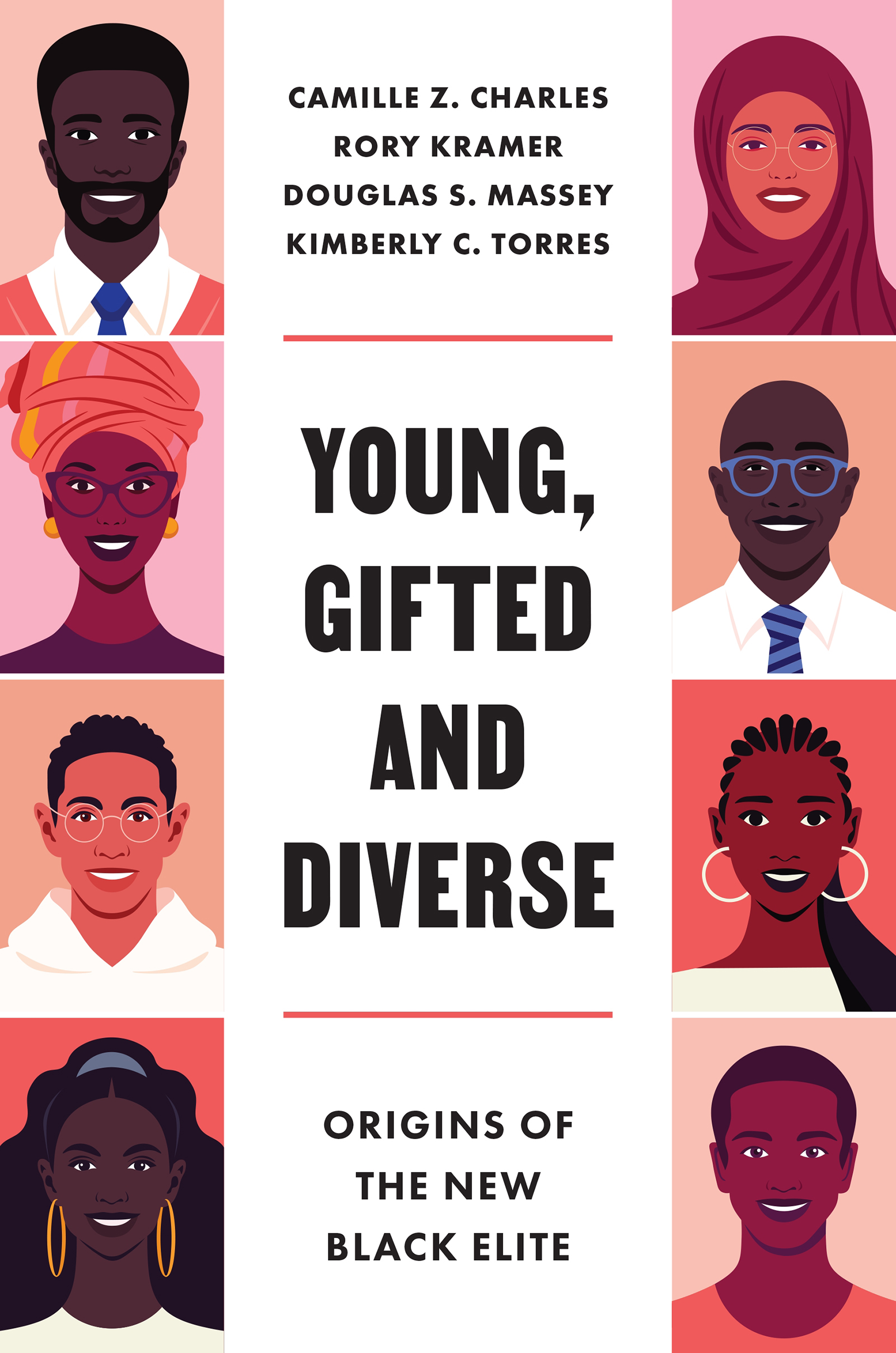YOUNG, GIFTED AND DIVERSE
Young, Gifted and Diverse
ORIGINS OF THE NEW BLACK ELITE
CAMILLE Z. CHARLES
RORY KRAMER
DOUGLAS S. MASSEY
KIMBERLY C. TORRES
PRINCETON UNIVERSITY PRESS
PRINCETON&OXFORD
Copyright 2022 by Princeton University Press
Princeton University Press is committed to the protection of copyright and the intellectual property our authors entrust to us. Copyright promotes the progress and integrity of knowledge. Thank you for supporting free speech and the global exchange of ideas by purchasing an authorized edition of this book. If you wish to reproduce or distribute any part of it in any form, please obtain permission.
Requests for permission to reproduce material from this work should be sent to
Published by Princeton University Press
41 William Street, Princeton, New Jersey 08540
99 Banbury Road, Oxford OX2 6JX
press.princeton.edu
All Rights Reserved
ISBN 9780691237381
ISBN (pbk.) 9780691237459
ISBN (e-book) 9780691237398
Version 1.0
British Library Cataloging-in-Publication Data is available
Editorial: Meagan Levinson, Jacqueline Delaney
Jacket/Cover Design: Chris Ferrante
Production: Lauren Reese
Publicity: Kate Hensley, Kathryn Stevens
Cover art: iStock / Maria Voronovich
CONTENTS
- vii
AUTHORS NOTE
Apart from anything else, I wanted to be able to come here and speak with you on this occasion because you are young, gifted, and black.I, for one, can think of no more dynamic combination that a person might be.though it be a thrilling and marvelous thing to be merely young and gifted in such times, it is doubly so, doubly dynamicto be young, gifted and black.
LORRAINE HANSBERRY, MAY 1964 (1969, 262263)
THESE WORDSexcerpted from Hansberrys speech honoring the winners of a United Negro College Fund writing contest just months before her death in January, 1965inspired Nina Simone (with Weldon Irvine) to write the song Young, Gifted and Black as a tribute to her friend and to make black children all over the world feel good about themselves, forever (King and Watson 2019), because African American men and women should know the beauty of their blackness (Garza 2015).
Simone first performed Young, Gifted and Black in August 1969 for a crowd of about 50,000 at the Harlem Cultural Festival (the subject of the 2021 documentary, Summer of Soul), and recorded it shortly thereafter. The song was a popular hit that was covered by several other artists, including Aretha Franklins 1972 Grammy-award-winning rendition on her album of the same name. Written and recorded in the midst of the Civil Rights and Black Power Movements, it became an anthem for Black people (Garza 2015; King and Watson 2019).
You are young, gifted and black
We must begin to tell our young
Theres a world waiting for you
Yours is the quest thats just begun
The song continues to inspire artists: Aretha Franklins version of the song is sampled or referenced by artists as varied as Big Daddy Kane (1989), Gang Starr (1992), Heavy D and the Boyz (1992), MC Lyte (1993), Jay-Z (2003), Rah Digga (2004), Lupe Fiasco (2008), and Faith Evans (featuring Missy Elliott, 2014). As part of the songs goal to make all Black children see their great potential, the phrase, young, gifted and black understands Blackness as inclusive, expansive, and, importantly, diverse.
Black Diversity in Historical Perspective
I dont want to uplift the Black race. I want to uplift people like me.
DARRYL, BLACK MULTIGENERATIONAL NATIVE
If they heard me talk, they would think I wasnt Black enough.
OLIVIA, SECOND-GENERATION NIGERIAN AND HAITIAN AMERICAN
WHEN WE SPOKE with Darryl and Olivia, they were both attending Ivy League universities. They had proverbially made it; their college degrees would solidify their status as part of the American elite and, more specifically, the Black American elite. Yet, each of them laments the complications associated with that status. Their sense of who they are as Black Americans is part and parcel of their lived experiences in families, neighborhoods, and schools and as distinct from one another as can be. The new Black elite is diverse, including multigenerational native Blacks and first- and second-generation immigrants from Africa and the Caribbean, monoracial and mixed-race Blacks, Blacks who are the first in their families to attend college, and those whose parents hold advanced degrees and high-status jobs. They represent the full complement of social-class status and skin tone, and they are disproportionately young women.
Until the early 1990s, social research on racial identity traditionally treated Black Americans as a monolith with little attention paid to intraracial differences (Benjamin 2005). The lingering assumption was that Blacks in America share a common legacy of persecution and subordination linked to African enslavement and Jim Crow segregation. Blackness has long served as a catchall category for those who share dark skin and certain phenotypic traits. Psychologists, historians, and sociologists alike sought to understand how Black Americans collectively made sense of their position as a denigrated outgroup at the bottom of the U.S. social hierarchy, unified by generations of oppression. They focused on Blacks worldviews and ideologies as a reflection of their shared marginalization. For example, Drake and Cayton (1945:390) argued that race consciousness is not the work of agitators or subversive influencesit is forced upon Negroes by the very fact of their separate-subordinate status in American life.
W. E. B. Du Bois (1903) was the first to articulate the duality of the Black experience after Emancipation with his concept of double consciousnessthe idea that American Blacks are forced to recognize their denigrated social status while simultaneously acknowledging their own worth as human beings. Being a light-skinned man of mixed-racial and immigrant origins himself, Du Bois strove to promote racial uplift within his small, educated cadre of light-skinned, educated young menwhich he labeled the Talented Tenthand to encourage less fortunate Blacks to assimilate into upper-class White Victorian culture in order to elevate their position within the racial stratification system and challenge the color divide.
Black identity in the United States has thus been largely analyzed as a linear construction, based on a simple either-or dichotomy that does not sufficiently capture or explain the multiple facets of what it means to be Black or recognize differences in the Black experience by gender, class, nativity, generation, or experience with segregation. Black achievement and success typically have been thought to require one-way assimilation and acculturation to White norms and values, and Blackness as a racial classification historically has been defined legally and socially by a one-drop rule under which any African ancestry limited ones access to rights, resources, and freedom (Davis 2017). Indeed, in the 1896 Plessy v. Ferguson decision, the U.S. Supreme Court confirmed that any traceable amount of Black blood relegated one to an undifferentiated category of racial subordination.
Given these historical precedents, in the United States, Blackness has been constructed as a master status that subjected incumbents to exclusion and exploitation throughout U.S. society (Becker 1963; Hughes 1963). In the words of Supreme Court Chief Justice Roger B. Taney in his 1857 Dred Scott decision, Black people are considered as a subordinate and inferior class of beings who had been subjugated by the dominant race, and, whether emancipated or not, yet remained subject to their authority, and had no rights or privileges but such as those who held the power and the government might choose to grant them. To formalize the precepts of the one-drop rule articulated in the


